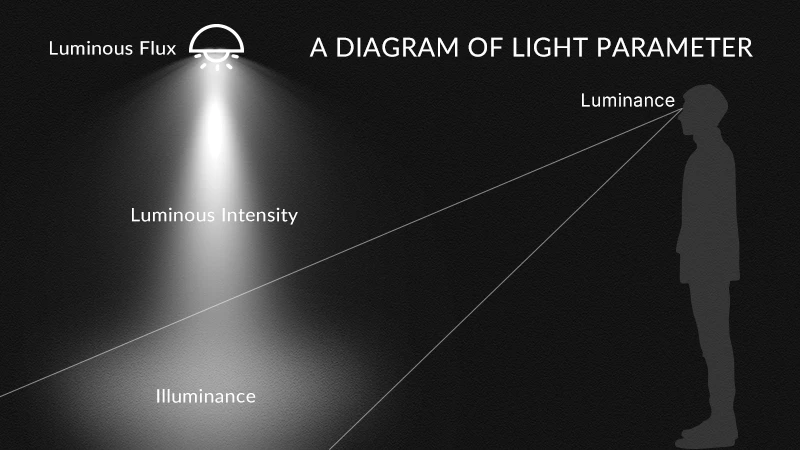Physical Concepts Related to Emergency Light
September 20, 2024
| By
Emergency lights play a crucial role in ensuring safety during power outages. To fully appreciate their functionality, it's essential to understand the underlying physical concepts:

Luminous Flux
- Definition: The total amount of light energy emitted by a light source per unit time.
- Unit: Lumen (lm)
- Example: In a corridor or hallway, the minimum luminous flux for an emergency lighting fixture might be 500 lumens. This ensures that the fixture provides sufficient illumination to guide people safely during a power outage.
Luminous Intensity
- Definition: The amount of light emitted by a light source in a specific direction.
- Unit: Candela (cd)
- Example: Emergency lighting fixtures must have a minimum luminous intensity of 0. 5 candela in the direction of maximum illumination. This ensures that the light is focused on the areas where it is most needed, such as escape routes and exits.
Illuminance
- Definition: The amount of light falling on a surface.
- Unit: Lux (lx)
- Example: EN 60598-2-22: 2014 requires a minimum illuminance level of 0. 5 lux in escape routes and exit areas. This ensures that the light is sufficient for people to navigate safely during an emergency.
Brightness
- Definition: The perceived intensity of light emitted by a source.
- Unit: Candela per square meter (cd/m²)
- Example: The brightness of an emergency exit sign should be sufficient to be easily seen from a distance, even in low-light conditions. This is influenced by factors such as the luminous flux and the direction of the light.
Luminous Efficiency
- Definition: The ratio of light output to power input.
- Unit: Lumens per watt (lm/W)
- Example: Emergency lighting systems should be designed to be energy-efficient to minimize the load on the power supply during a power outage. A higher luminous efficiency means that the light source produces more light for a given amount of power consumption.
Additional Considerations
- Color Temperature: The perceived color of light, which can impact the overall atmosphere and visibility.
- Beam Angle: The beam angle of emergency lighting fixtures can vary depending on the application. For example, a narrow beam angle might be suitable for directing light towards specific areas, while a wider beam angle can provide more general illumination.
- Emergency Lighting Standards: EN 60598 provides detailed guidelines for the design, installation, and maintenance of emergency lighting systems. These standards cover topics such as the minimum illuminance levels required in different areas, the duration of emergency lighting operation, and the testing and maintenance requirements. Adherence to these standards is essential to ensure that emergency lighting systems are safe and effective
By understanding these concepts, you can better appreciate the design and performance of emergency lighting systems and ensure they are adequately equipped to meet safety needs during power outages.